MOSQUITO FOGGING
Mosquito Fogging: A Strategic Approach to Combat Mosquito-Borne Threats
Introduction
Mosquitoes, with their itchy bites and potential to transmit serious diseases, have long been a concern for communities around the globe. As part of a comprehensive mosquito control strategy, mosquito fogging has emerged as a valuable and effective method to target adult mosquitoes and reduce the risk of disease transmission. In this article, we will explore the process of mosquito fogging, its benefits, and considerations for its responsible and effective use.
Understanding Mosquito Fogging
1. Mosquito Fogging Process:
Mosquito fogging, also known as space spraying or adulticiding, involves the application of insecticides in fine droplets to create a mist or fog. This fog is dispersed into the air in areas where adult mosquitoes are prevalent, such as residential neighborhoods, parks, and public spaces. The primary goal is to reduce the adult mosquito population and curb the spread of mosquito-borne diseases.
2. Choice of Insecticides:
The choice of insecticides for mosquito fogging is a critical aspect of the process. Commonly used insecticides include pyrethroids and malathion, which are effective in rapidly knocking down adult mosquitoes. It's important to note that the selection of insecticides should be based on factors such as mosquito species present, environmental impact, and potential risks to non-target organisms.
Benefits of Mosquito Fogging
1. Rapid Reduction of Adult Mosquitoes:
One of the primary advantages of mosquito fogging is its ability to quickly reduce the adult mosquito population in targeted areas. This immediate impact can provide relief to communities facing high mosquito activity and the associated nuisance and health risks.
2. Disease Prevention:
By targeting adult mosquitoes, fogging plays a crucial role in interrupting the transmission cycle of mosquito-borne diseases. Diseases such as West Nile virus, Zika virus, and dengue fever are often transmitted by adult mosquitoes, making fogging an essential component of public health efforts.
3. Targeted Application:
Mosquito fogging allows for the targeted application of insecticides, minimizing environmental impact and reducing the exposure of non-target organisms. Modern fogging equipment enables precise control over the droplet size and distribution, enhancing the efficiency of the process.
Considerations for Responsible Mosquito Fogging
1. Environmental Impact:
While mosquito fogging is effective, it is essential to consider its potential environmental impact. Selecting insecticides with lower toxicity to non-target organisms, including beneficial insects, is crucial. Additionally, avoiding the application of insecticides near water bodies and taking precautions to protect aquatic life are important considerations.
2. Timing and Frequency:
The timing and frequency of mosquito fogging applications should be carefully planned. Fogging is typically conducted during periods of peak mosquito activity, such as dawn or dusk. Additionally, the frequency of fogging should be based on surveillance data and the specific needs of the community.
3. Community Communication:
Transparent and effective communication with the community is vital when implementing mosquito fogging programs. Providing information about the timing and purpose of fogging, as well as safety precautions, helps build trust and ensures the cooperation of residents.
Conclusion
Mosquito fogging is a valuable tool in the fight against mosquito-borne diseases, offering rapid and targeted reduction of adult mosquito populations. When implemented responsibly, taking into account environmental considerations and community communication, mosquito fogging can be a crucial component of comprehensive mosquito control strategies. By combining fogging with other preventive measures, communities can create safer and healthier environments, minimizing the impact of mosquitoes on public health.
PESTCOPRO.COM



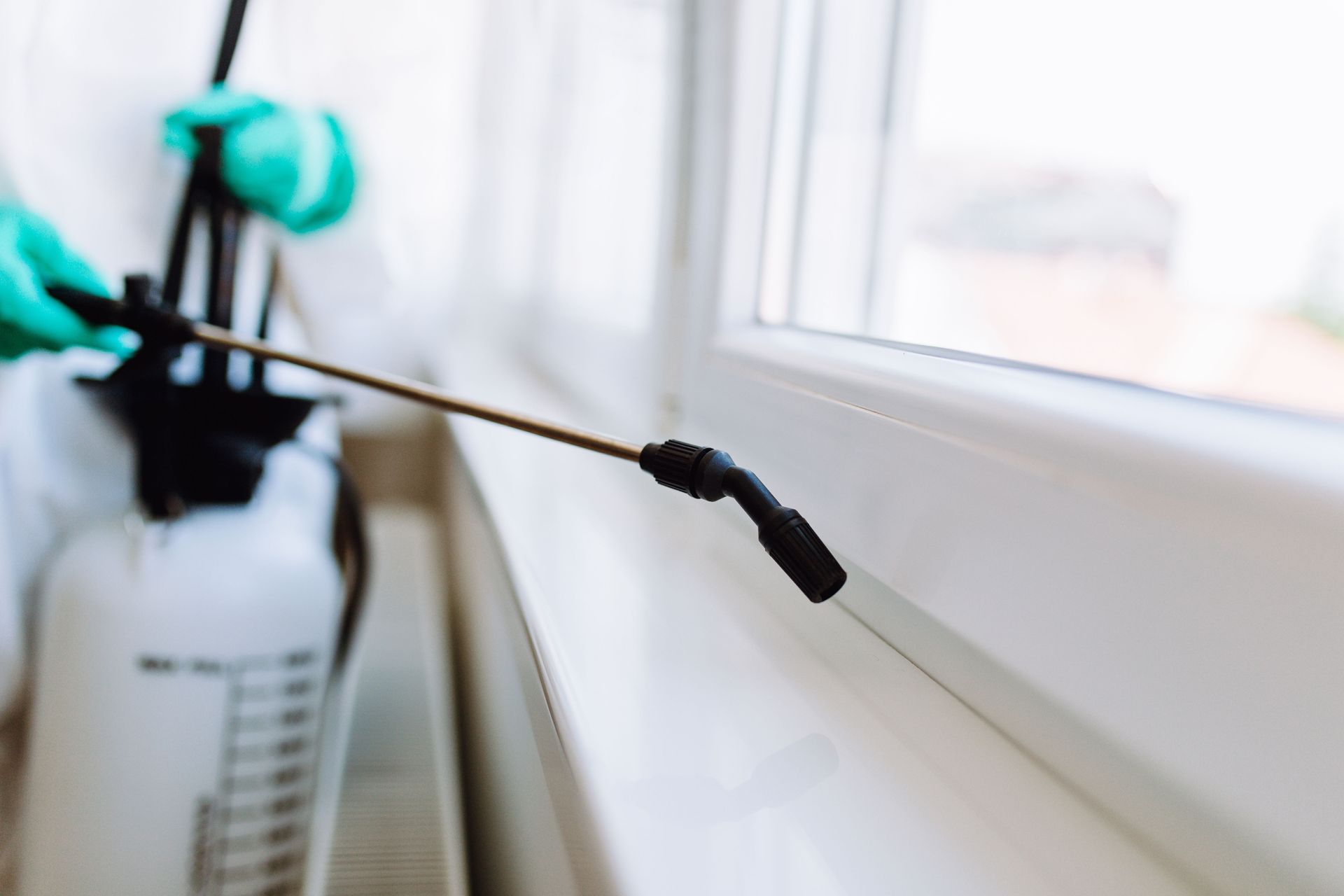
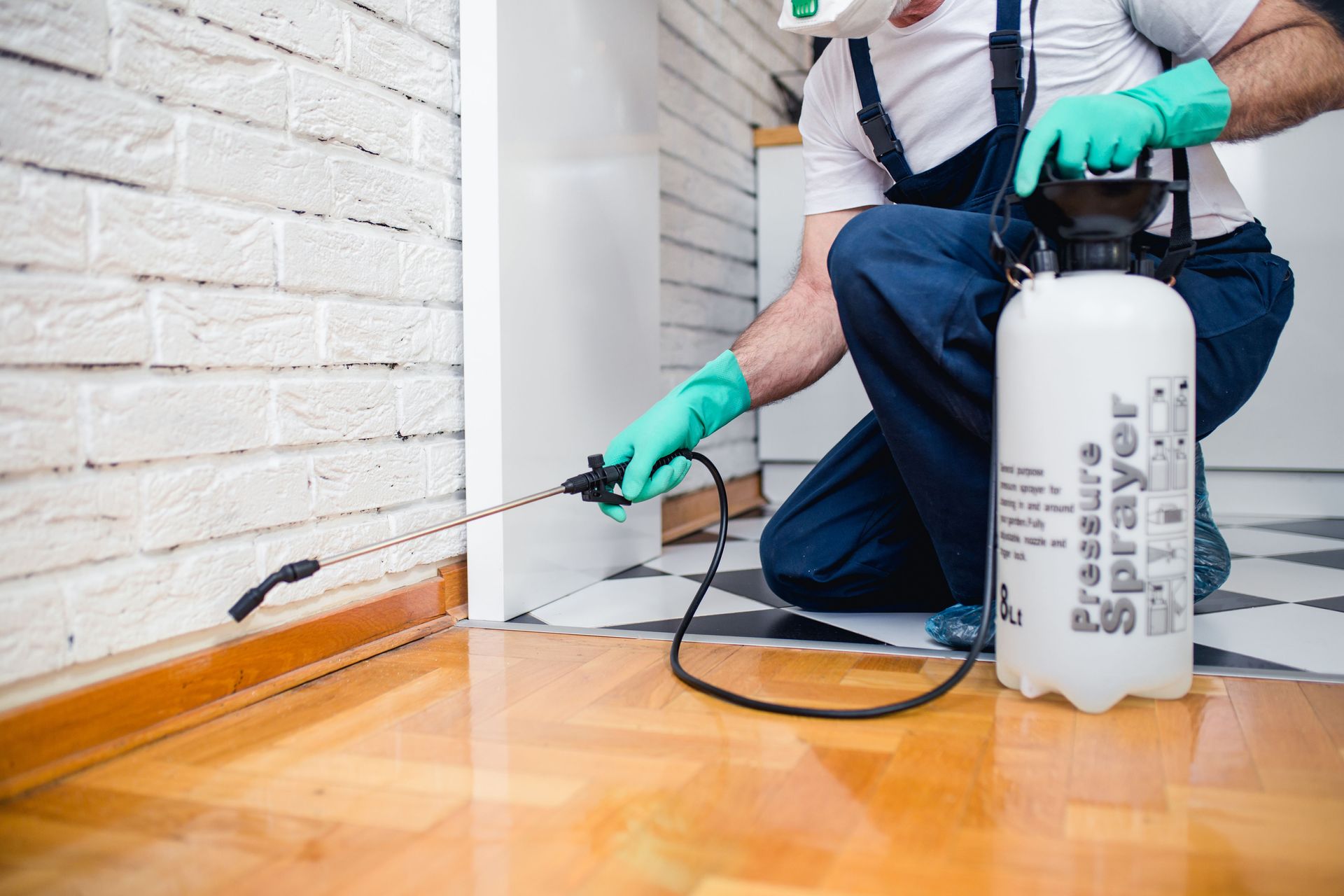



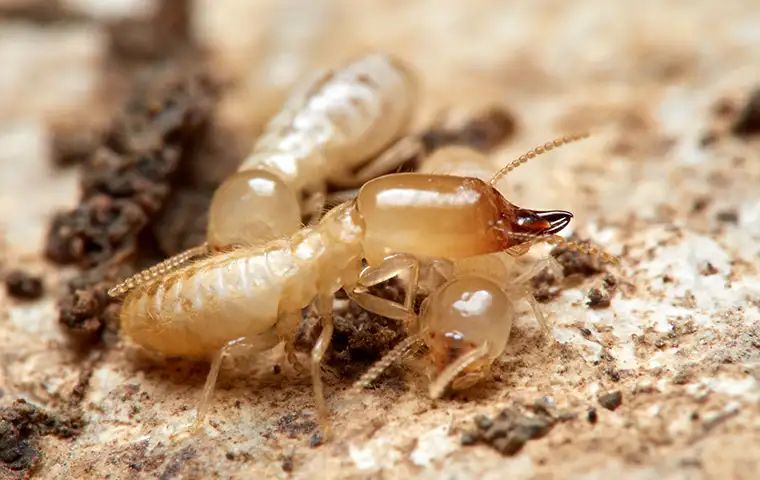
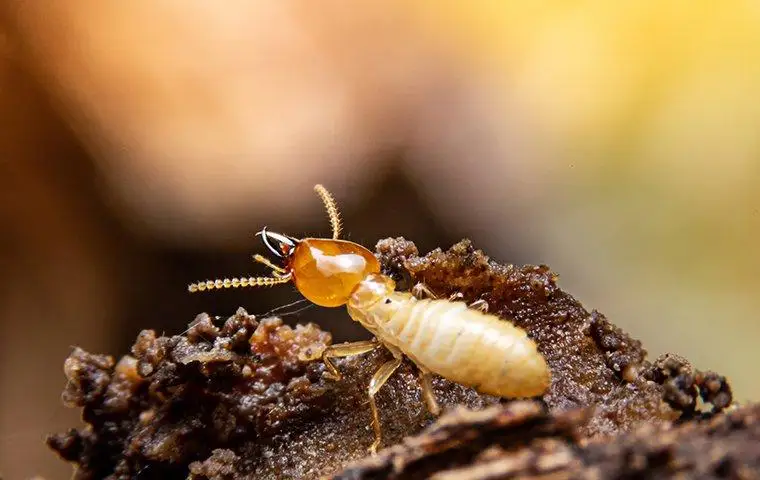
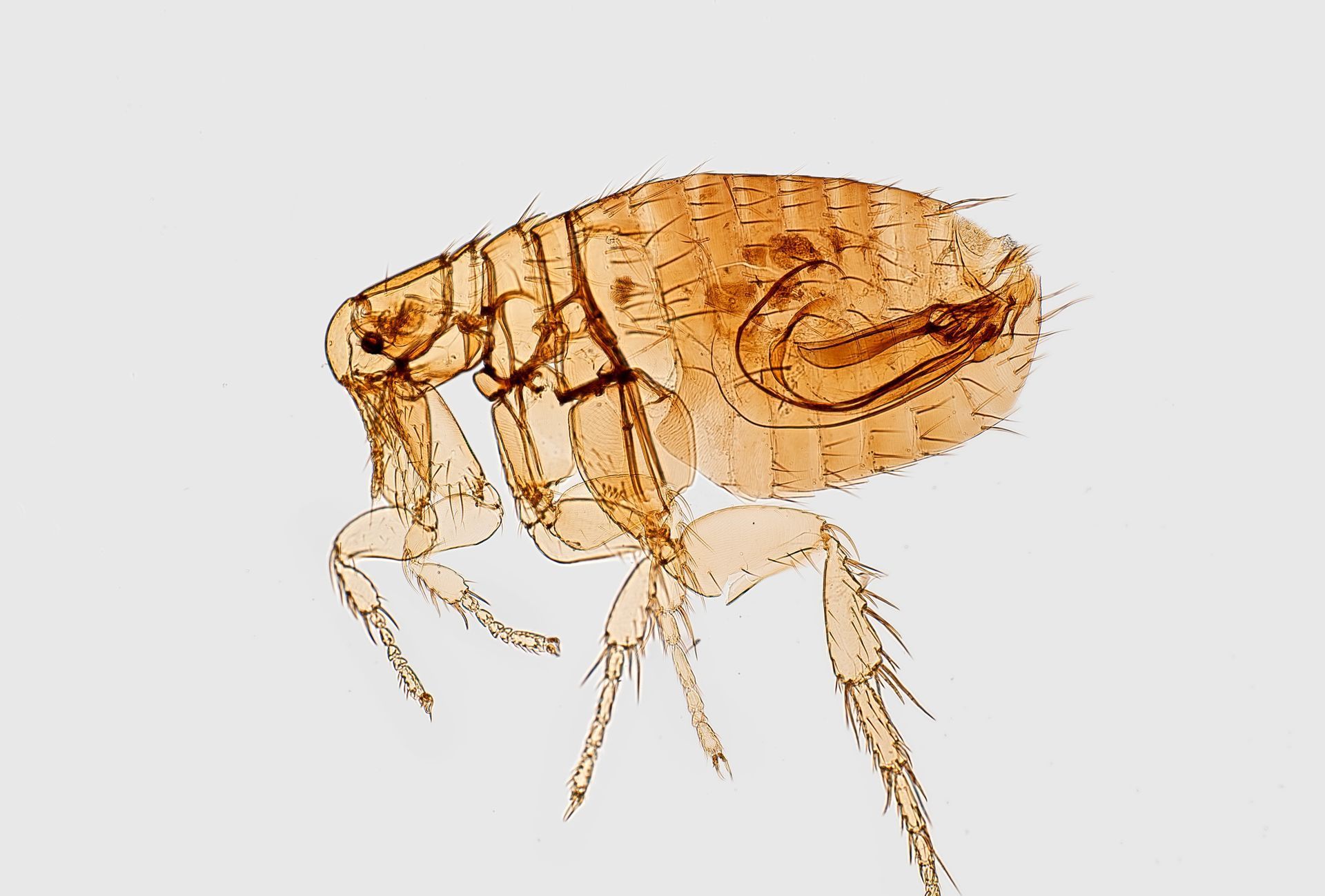
Share On: